West Virginia, celebrated for its picturesque mountains and close-knit communities, is grappling with an ongoing population decline. Despite some areas experiencing modest growth, the state overall continues to lose more residents than it gains. This migration trend is reshaping local economies, communities, and the very identity of the Mountain State.
Why Are People Leaving West Virginia?
Several interconnected factors drive this population loss:
1. Aging Population & Low Birth Rate
West Virginia ranks among the oldest states in the U.S., with seniors making up a significant portion of its population. This demographic reality results in more deaths than births annually, severely limiting natural population growth.
2. Economic Struggles
Historically, economic opportunity—or the lack thereof—has been a significant reason residents move. From the “Hillbilly Highway” migration of the past century, residents continue to relocate in search of better employment prospects. The state’s limited economic diversity and slow job growth persistently push younger residents to look elsewhere.
3. Health and Demographic Challenges
The state’s ongoing health issues, coupled with its older demographic, contribute to higher death rates and a lower birth rate, amplifying the population decline.
Top Destinations for Departing Residents
Although detailed state-specific data for recent years is limited, broader migration patterns highlight several popular relocation destinations:
1. The Sun Belt
States such as Florida and Texas consistently attract West Virginians seeking warmer climates, ample job opportunities, and lower taxes. These states led nationwide growth in 2024, appealing to a wide range of movers, including West Virginians.
2. Neighboring States
Many departing residents prefer relocating to nearby states like Ohio, Pennsylvania, and Virginia. Proximity to family, cultural familiarity, and somewhat stronger economies frequently drive these moves.
3. Regional Urban Centers
Cities including Pittsburgh, Columbus, and Washington, D.C., attract those seeking improved economic prospects, higher education, and urban amenities that are scarce in rural West Virginia.
Who’s Leaving—and Who’s Staying?
1. Younger Adults: The majority leaving the state are younger individuals seeking higher education, career opportunities, or an urban lifestyle.
2. Seniors and Retirees: Conversely, older residents are more likely to stay, reinforcing the state’s high median age.
3. New Residents: Interestingly, some regions, notably the eastern Panhandle counties near Washington, D.C., are experiencing modest growth from incoming commuters and international residents, although this has not fully offset losses elsewhere.
Counties Experiencing Growth
Despite the overall population decline, specific counties have shown growth, bucking statewide trends:
1. Eastern Panhandle: Berkeley, Jefferson, and Hardy counties are notable for attracting new residents, mainly commuters to the Washington, D.C., area. Berkeley County, for example, experienced over 11% population growth in the last decade.
2. Northern Border Counties: Monongalia and Preston counties, near Pennsylvania and Ohio, have seen slight population increases due to their proximity to larger economic hubs and educational institutions like West Virginia University.
Charting a Path Forward for West Virginia
Addressing West Virginia’s population decline requires strategic initiatives:
1. Economic Revitalization
Efforts to diversify the state’s economy and attract new industries are crucial. Investing in workforce training, education, and health initiatives will better prepare residents for modern employment opportunities.
2. Embracing Newcomers
Encouraging both domestic and international migration is essential. While in-migration is helping mitigate some population losses, increased welcoming efforts and incentives could stabilize and eventually reverse the overall decline.
3. Adapting Community Infrastructure
Declining populations mean many rural communities face challenges such as school closures and reduced services. Innovative solutions and community-based adaptations will be necessary to sustain quality of life.
Looking Ahead
West Virginia’s population decline reflects broader economic shifts, demographic trends, and the enduring attraction of opportunities elsewhere. While a few counties thrive due to strategic location and new arrivals, most of the state continues to face challenges from an aging and shrinking population.
Ultimately, the Mountain State’s future depends significantly on its ability to retain young residents, attract new families, and create economic conditions favorable enough to inspire people—whether returning West Virginians or newcomers—to call the state home.


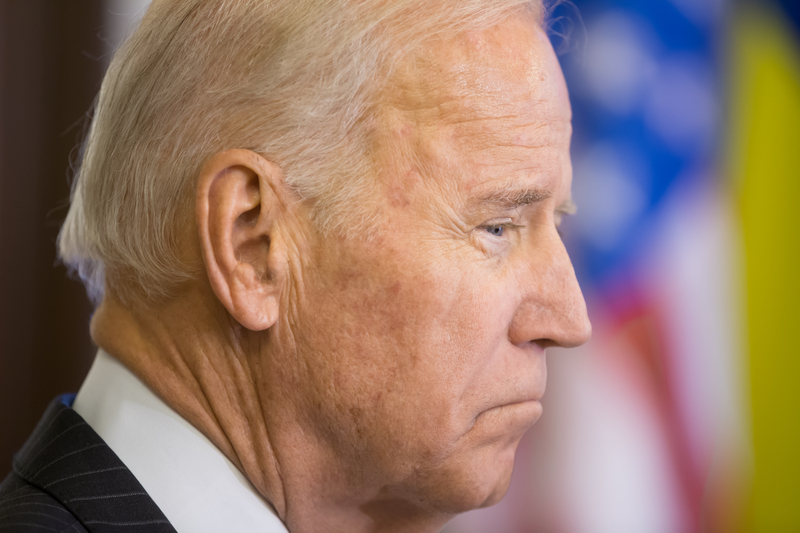
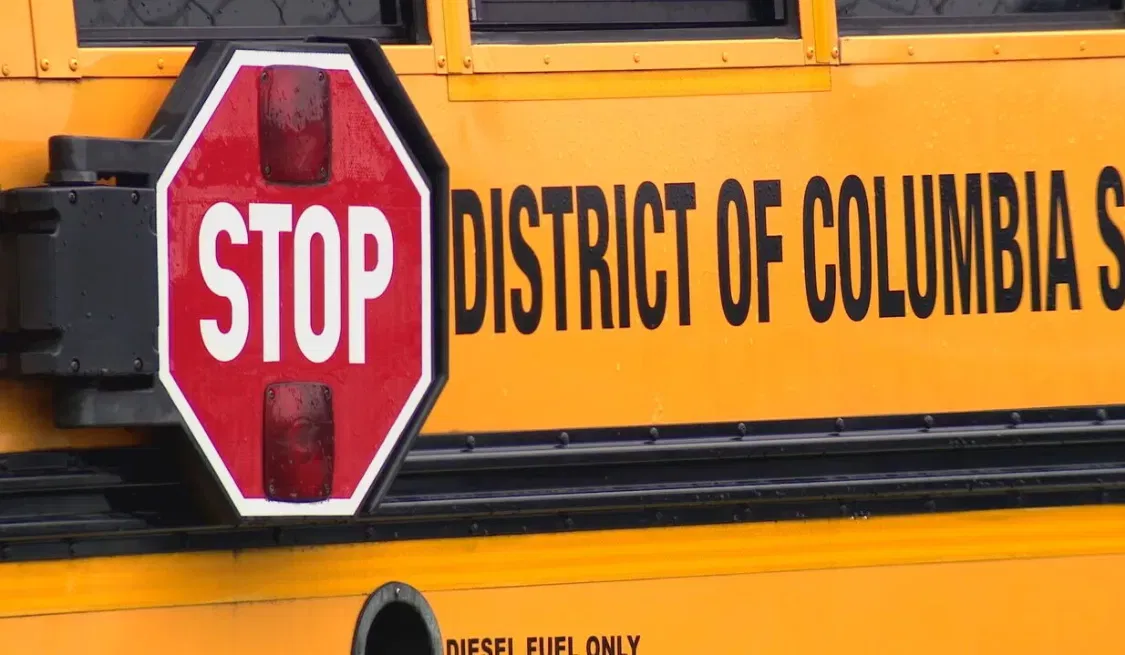

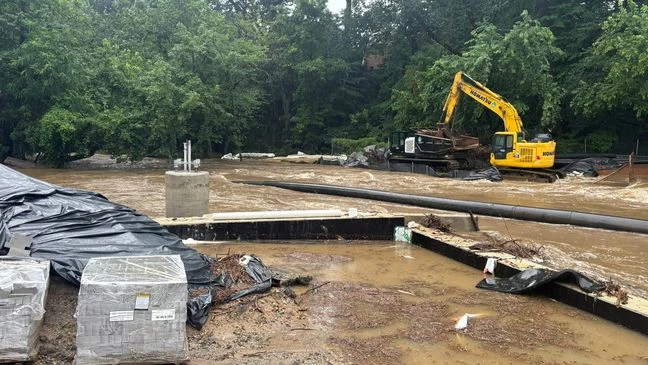

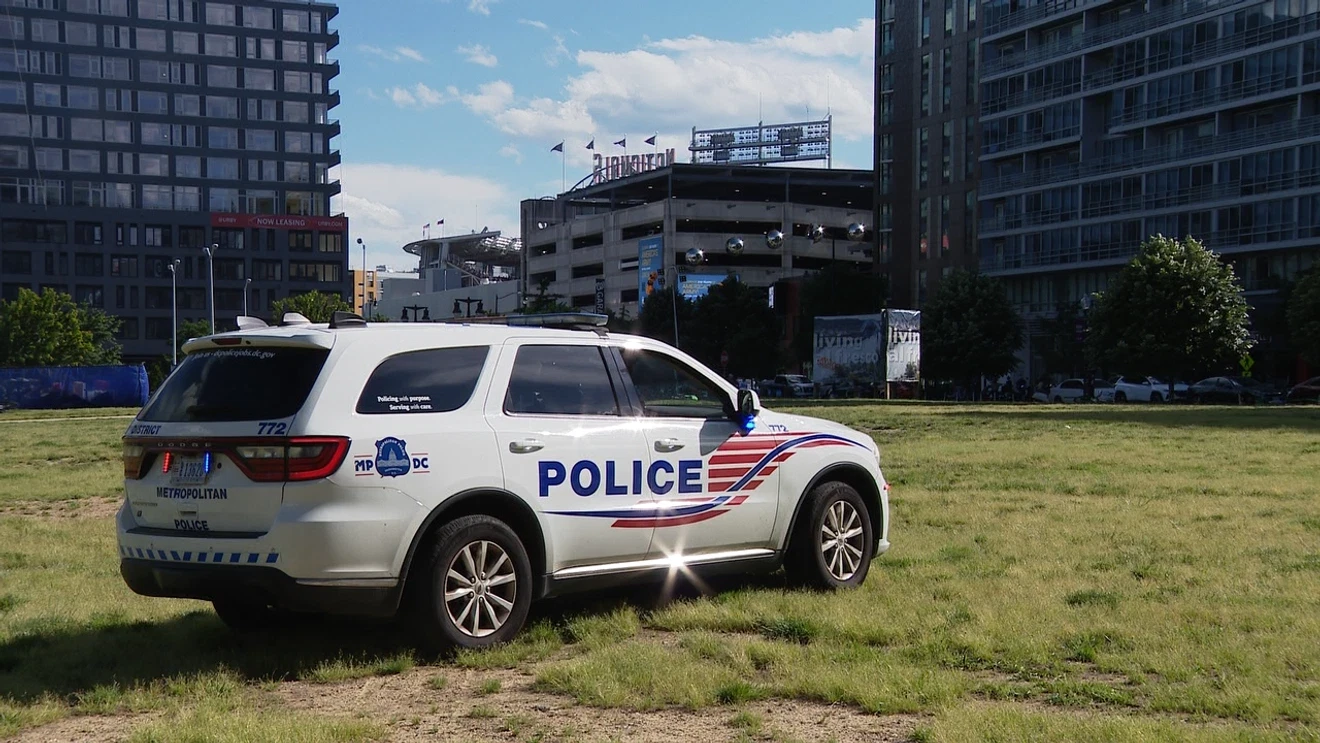
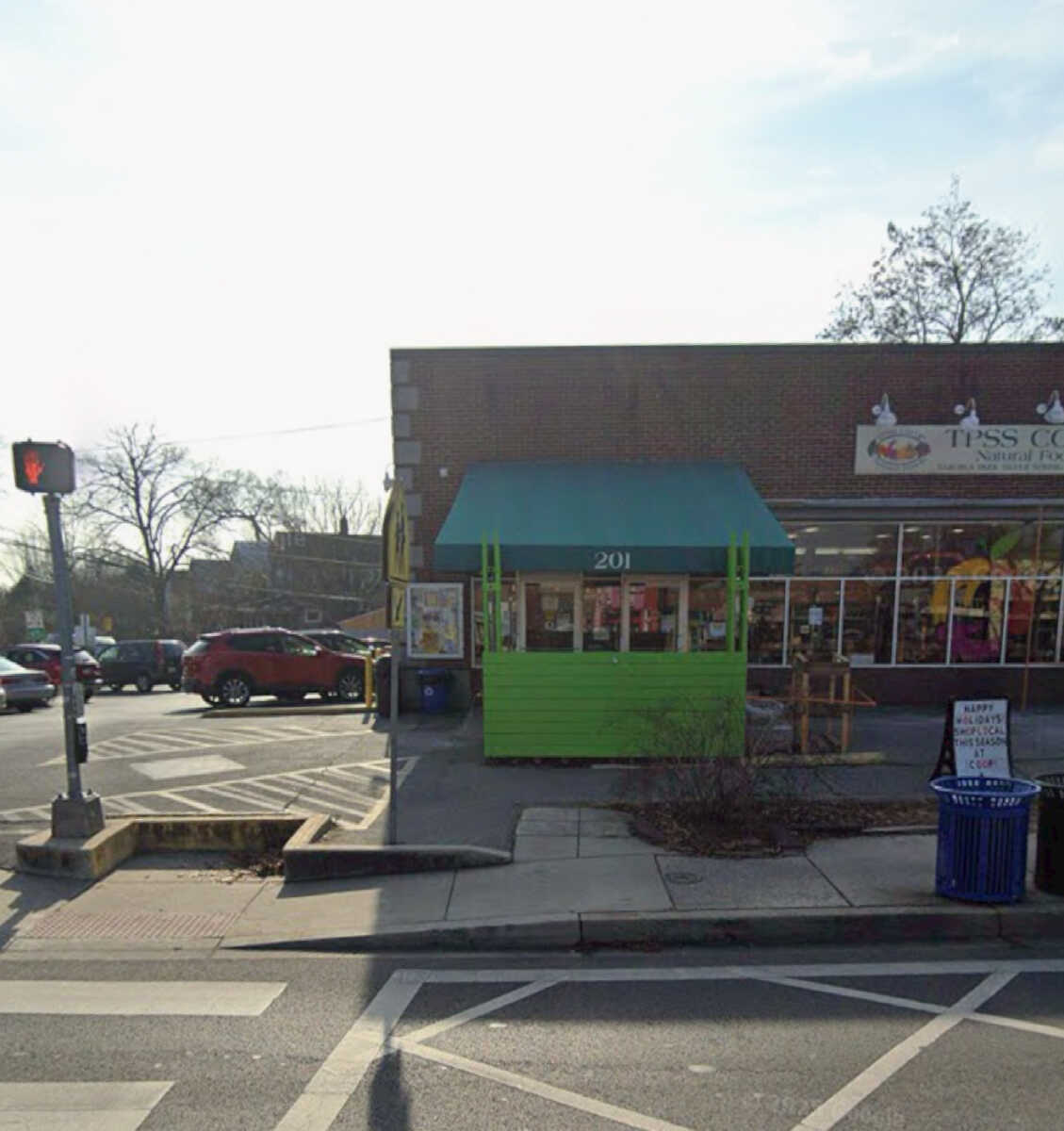
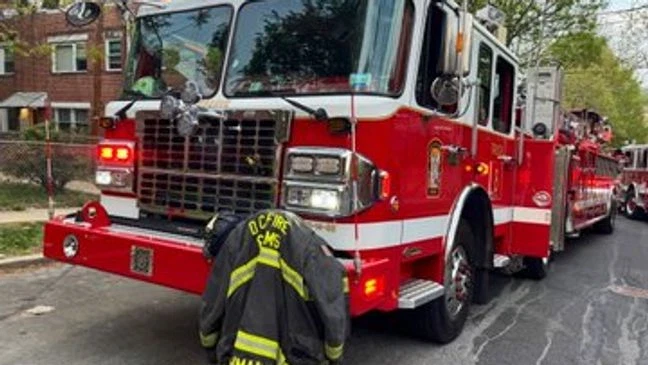


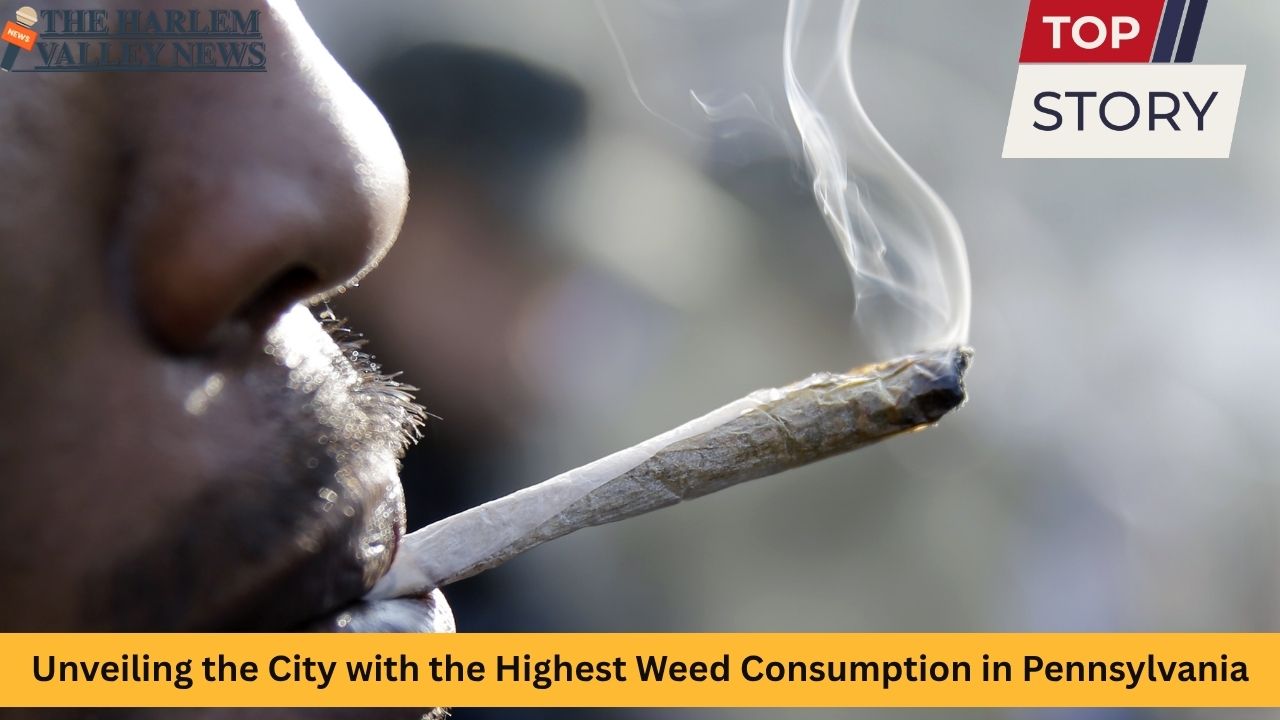

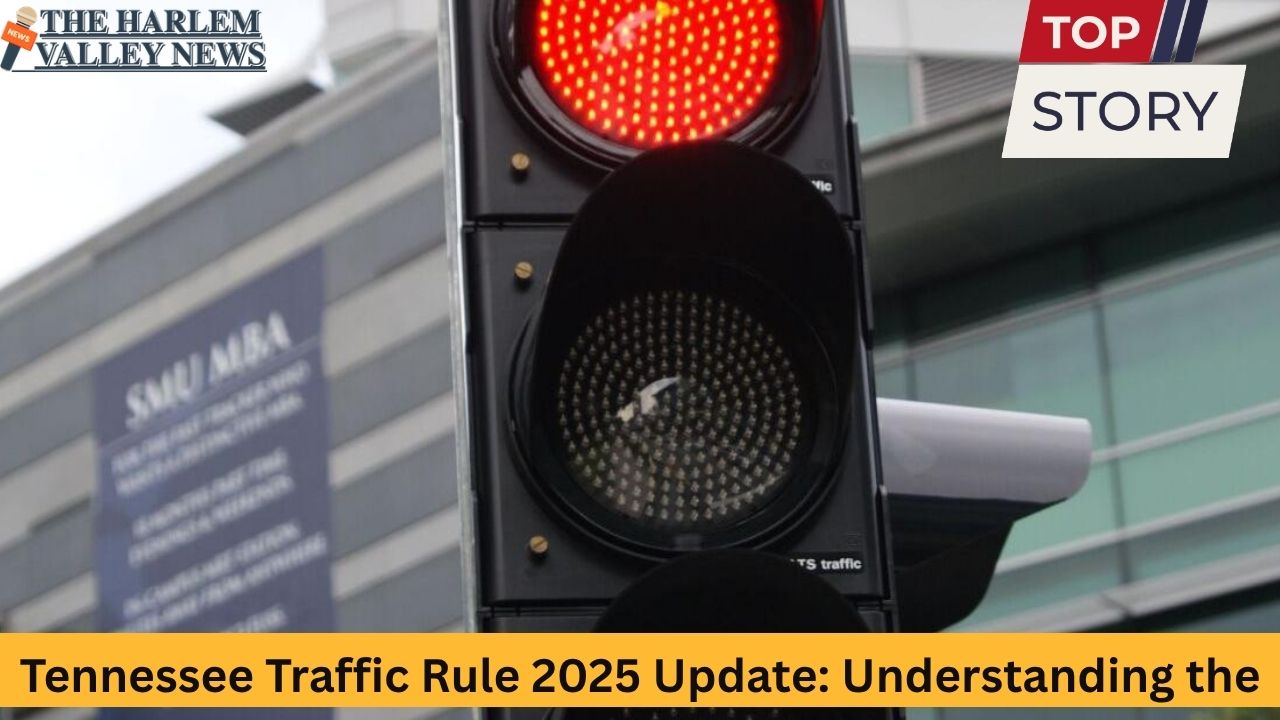
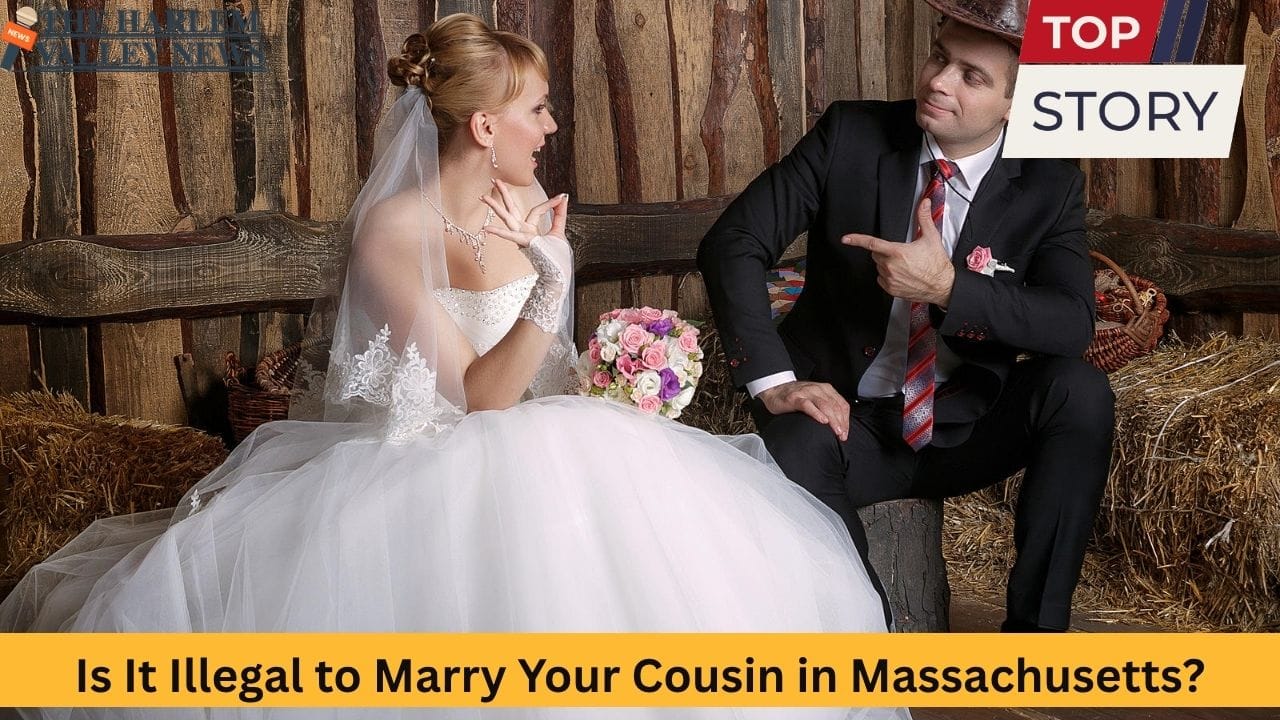
Leave a Reply